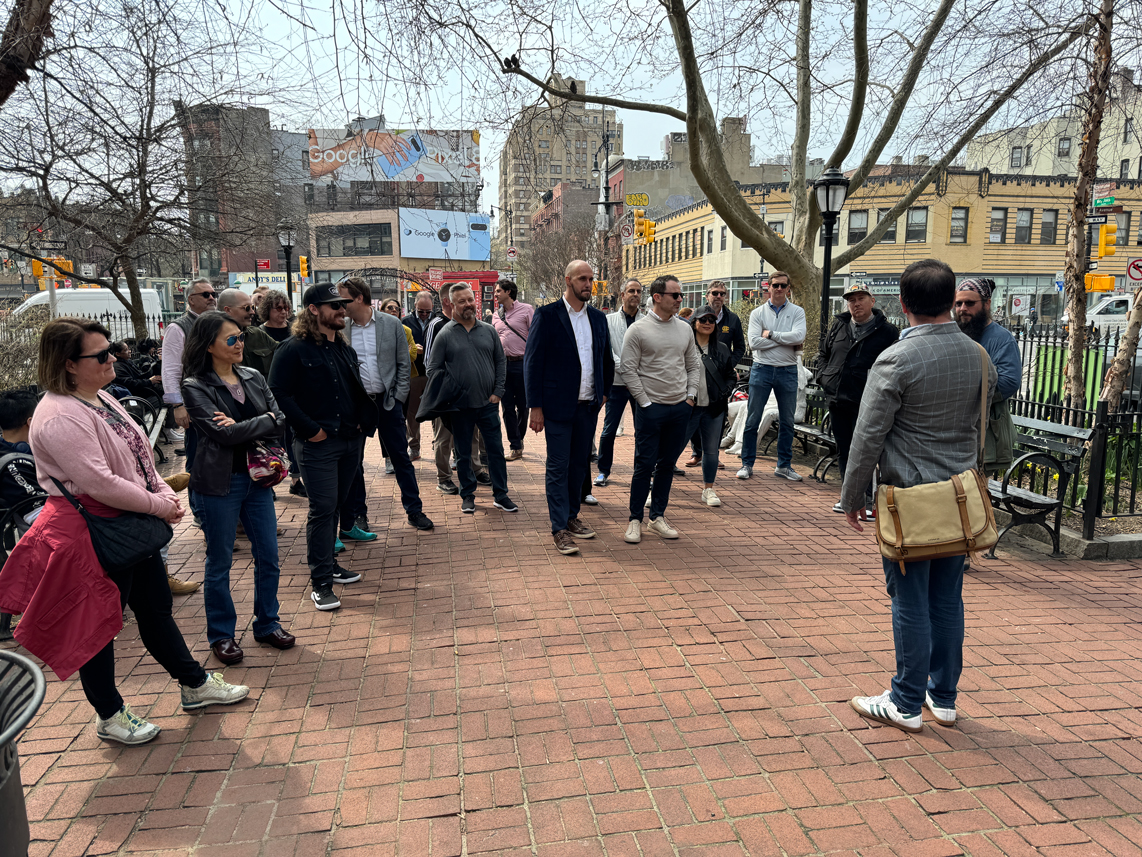Research in Action: GWI Shared Wellness Real Estate Insights at the Urban Land Institute (ULI) Spring Meeting
At the full-day event, we introduced the concept of holistic wellness, the wellness economy (our favorite, the bubble chart!), and the size and opportunities for wellness real estate, focusing on the residential market. We discussed the growing importance and consumer interest in these products, and shared the framework and principles for creating them. We also used some project examples to illustrate how these principles can be successfully executed to create genuine wellness real estate, rather than the “well washing” that sometimes occurs—particularly certain “check the box” approaches which lack thoughtful planning, real intention, and continuous operation.
While designers and architects in the audience saw certain wellness real estate features as familiar (e.g., exercise amenities, walkability, green space, and sustainability), they found the wellness perspective to be refreshing as a new type of design/planning vision and coherence.
At the same time, we learned a great deal about residential real estate market financing, the arduous process of land entitling and permitting, the capital constraints, and the art of M&A and dealmaking for home builders. With all these challenges and financing preoccupations, no wonder a product like “wellness” is still a novelty in the general/mass residential building and real estate capital market! In fact, the top ten builders account for half of the new residential housing in the US market, continuing to churn out familiar products on a large scale—while scrambling for land and capital—and therefore have limited appetite for risks and for trying out new products.
Instead of scarcity, we see this as a huge opportunity. In the US market at least, there is tremendous shortage of housing of all types—wellness or not—in many price ranges, for many demographic groups. With so much demand and housing yet to be built, there is a lot of room for innovation and imagination. Wellness could be the new value proposition to both home builders and investors. Consumers already got the memo on wellness. They are just waiting for the home building industry and the capital markets to follow and deliver on them.
During the afternoon of the conference, hosted by Meristem Communities (a Houston developer building a wellness-focused “agri-hood” community) and narrated by Jaime Izurieta (author of Mainstreet Mavericks), we also enjoyed an invite-only neighborhood walking tour of Greenwich Village and the Meatpacking District with a group of developers, planners, designers, and architects, to discuss street-level retail activation and how this contributes to social wellness, with lessons learned that can apply not only in the urban but also the suburban community environments.
We hope to bring all these new insights to the new edition of the Build Well to Live Well report, to be released in May 2025.
























































